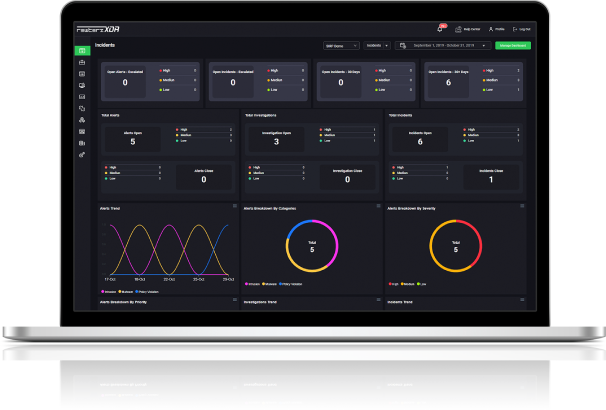

ICS: Siemens Mendix SAML Vulnerability
August 18, 2025
Microsoft IIS Web Deploy RCE Vulnerability
August 18, 2025
ICS: Siemens Mendix SAML Vulnerability
August 18, 2025
Microsoft IIS Web Deploy RCE Vulnerability
August 18, 2025Severity
High
Analysis Summary
A critical vulnerability, tracked as CVE-2025-7353, has been identified in Rockwell Automation’s ControlLogix Ethernet communication modules, exposing industrial control systems to severe security risks. The flaw, rated with a maximum CVSS score of high, stems from an insecure default configuration in the web-based debugger (WDB) agent that remains enabled on production devices. Originally intended for development and maintenance, the WDB agent provides low-level system access, and when left active, it creates a significant attack surface for remote exploitation. Rockwell disclosed the issue on August 14, 2025, following internal testing that revealed the vulnerability.
The flaw, classified under CWE-1188: Initialization of a Resource with an Insecure Default, allows unauthenticated remote attackers to establish connections over a network using specific IP addresses without requiring privileges or user interaction. Once exploited, attackers can dump system memory, modify execution flows, and execute arbitrary code on affected modules. This creates the potential for adversaries to gain control over industrial automation processes, steal sensitive operational data, or disrupt critical manufacturing operations, posing major risks to confidentiality, integrity, and availability in operational environments.
The vulnerability impacts multiple ControlLogix Ethernet communication modules, specifically 1756-EN2T/D, 1756-EN2F/C, 1756-EN2TR/C, 1756-EN3TR/B, and 1756-EN2TP/A models running firmware version 11.004 or below. These modules are essential communication interfaces between ControlLogix programmable automation controllers (PACs) and Ethernet networks, making them highly attractive targets. Given that exploitation requires only network access, low complexity, and no authentication, the likelihood of attack is significantly elevated. Industrial operators face substantial risks if these devices remain unpatched, as attackers could remotely manipulate or sabotage operational technology environments.
To mitigate the threat, Rockwell Automation has released firmware version 12.001, which disables the insecure default configuration of the WDB agent, effectively closing the attack vector. Organizations are strongly urged to prioritize upgrading affected devices immediately. In cases where patching cannot be performed right away, Rockwell recommends implementing compensating controls, including network segmentation, strict firewall policies to restrict access to debugging interfaces, and active monitoring of network traffic for anomalies. Additionally, security teams should conduct thorough infrastructure assessments to uncover other potential insecure defaults or unprotected debugging mechanisms within their environments. This vulnerability highlights the critical importance of hardening industrial control systems and ensuring that development features are not exposed in production environments.
Impact
- Sensitive Data Theft
- Code Execution
- Gain Access
Indicators of Compromise
CVE
CVE-2025-7353
Remediation
- Update all affected Rockwell ControlLogix Ethernet modules (1756-EN2T/D, 1756-EN2F/C, 1756-EN2TR/C, 1756-EN3TR/B, 1756-EN2TP/A) to firmware version 12.001 immediately.
- Disable or restrict access to the web-based debugger (WDB) agent if firmware updates cannot be applied right away.
- Implement network segmentation to isolate industrial control systems (ICS) from untrusted networks.
- Apply firewall rules to block or strictly limit access to debugging and administrative interfaces.
- Continuously monitor network traffic for unusual or unauthorized connections to ControlLogix modules.
- Conduct regular security assessments of ICS environments to identify insecure defaults and hidden debugging interfaces.
- Enforce least privilege access and ensure that only authorized maintenance personnel can access critical devices.








